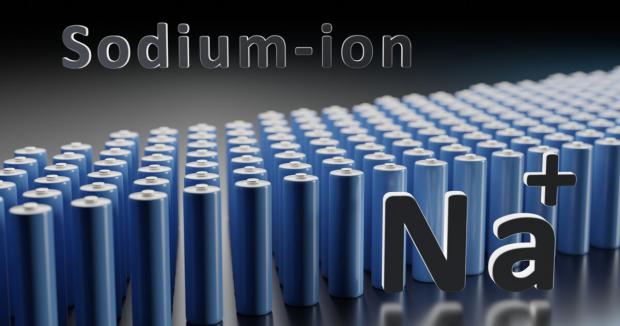
Breaking News
 $11 Trillion Quietly Moved - Americans Will Freeze & Obey When Market Collapse Hits : Chase Hughes
$11 Trillion Quietly Moved - Americans Will Freeze & Obey When Market Collapse Hits : Chase Hughes
 Econ 101 - 2026 Early Economic Forecast
Econ 101 - 2026 Early Economic Forecast
 Buy'r breaks the Blackrock monopoly- How the corporate club controls America
Buy'r breaks the Blackrock monopoly- How the corporate club controls America
 An AI Expert Warning: 6 People Are (Quietly) Deciding Humanity's Future! We Must Act Now!
An AI Expert Warning: 6 People Are (Quietly) Deciding Humanity's Future! We Must Act Now!
Top Tech News
 Build a Greenhouse HEATER that Lasts 10-15 DAYS!
Build a Greenhouse HEATER that Lasts 10-15 DAYS!
 Look at the genius idea he came up with using this tank that nobody wanted
Look at the genius idea he came up with using this tank that nobody wanted
 Latest Comet 3I Atlas Anomolies Like the Impossible 600,000 Mile Long Sunward Tail
Latest Comet 3I Atlas Anomolies Like the Impossible 600,000 Mile Long Sunward Tail
 Tesla Just Opened Its Biggest Supercharger Station Ever--And It's Powered By Solar And Batteries
Tesla Just Opened Its Biggest Supercharger Station Ever--And It's Powered By Solar And Batteries
 Your body already knows how to regrow limbs. We just haven't figured out how to turn it on yet.
Your body already knows how to regrow limbs. We just haven't figured out how to turn it on yet.
 We've wiretapped the gut-brain hotline to decode signals driving disease
We've wiretapped the gut-brain hotline to decode signals driving disease
 3D-printable concrete alternative hardens in three days, not four weeks
3D-printable concrete alternative hardens in three days, not four weeks
 Could satellite-beaming planes and airships make SpaceX's Starlink obsolete?
Could satellite-beaming planes and airships make SpaceX's Starlink obsolete?
Argonne National Lab Breakthrough Cathode Innovation for Sodium-Ion Batteries

Johnson's team invented a layered oxide cathode tailored for sodium-ion batteries. This variation on the NMC cathode is a sodium nickel-manganese-iron (NMF) oxide with a layered structure for efficient insertion and extraction of sodium. The absence of cobalt in the cathode formula mitigates cost, scarcity and toxicity concerns associated with that element.
The team's interest in sodium-ion batteries stems from their many advantages. Two are sustainability and cost. Sodium is far more naturally abundant and easily mined than lithium. It is thus a fraction of the cost per kilogram and much less susceptible to price fluctuations or disruptions in the supply chain. ?"Our estimates suggest that a sodium-ion battery would cost one-third less than a lithium-ion one," Johnson said.
Furthermore, besides sodium, the cathode material predominantly contains iron and manganese. Both elements are globally abundant and not on the endangered list.
Another benefit is that sodium-ion batteries can retain their charging capability at below freezing temperatures. This addresses one of the notable drawbacks of existing lithium-ion batteries. Also working in favor of sodium-ion batteries is that the technology for battery management and manufacturing already exists. This is because their design closely resembles that of lithium-ion batteries.
Compared with other sodium-ion technology, however, the team's cathode has much higher energy density, enough to power electric vehicles for a driving range of about 180-200 miles on a single charge.
His team is also working to develop different materials for the two other main components of a battery — the electrolyte and anode — to boost energy density even further.
Sodium-ion batteries have another possible application besides transportation. In particular, they are well suited to the storage of renewable energy for use in an electric grid, where battery weight is less of an issue and low-temperature operation a plus. Batteries for grids are a fast-growing market for batteries.

 First totally synthetic human brain model has been realized
First totally synthetic human brain model has been realized Mach-23 potato gun to shoot satellites into space
Mach-23 potato gun to shoot satellites into space

